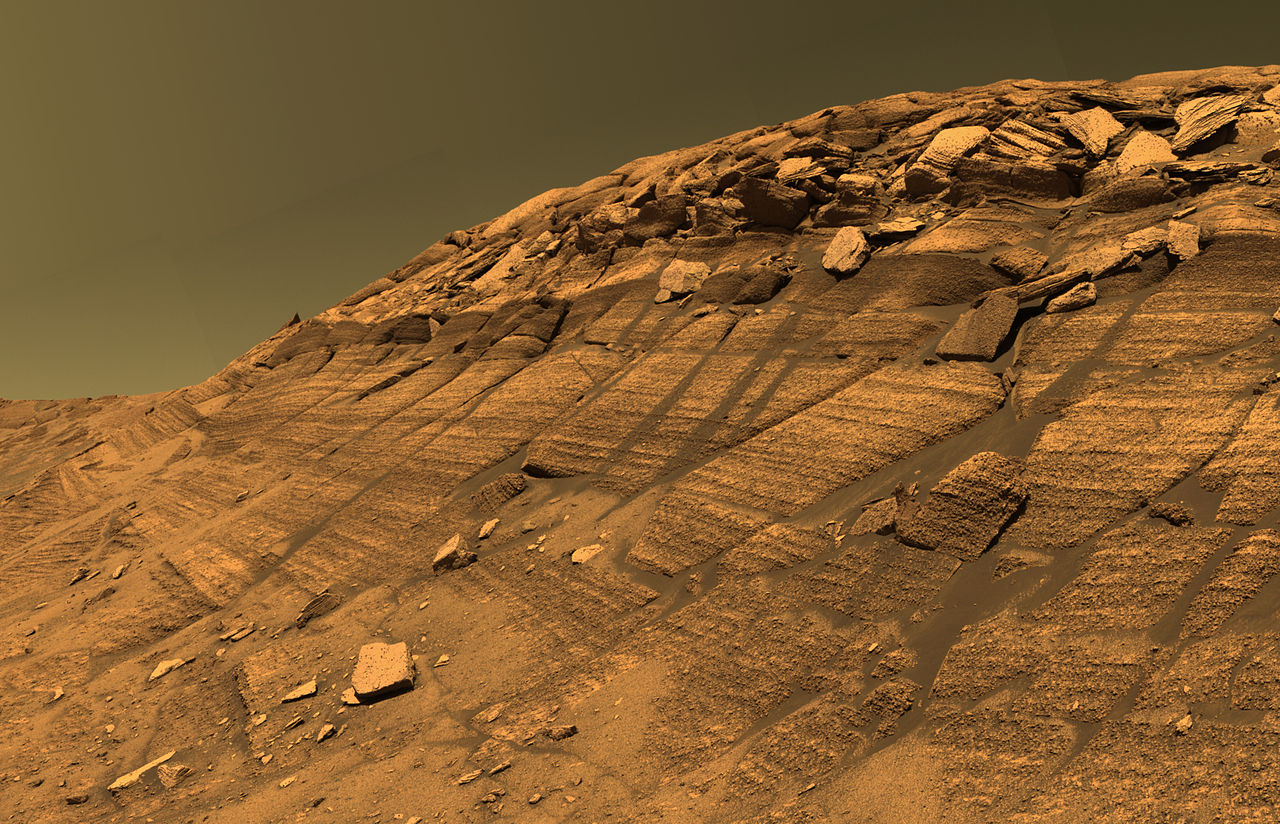Eighth Blog
The Sun sits at the center of our solar system it is the single most important provider of life of on Earth. Without the Suns warmth and energy there would have never been life on Earth. Imagine if the Sun went away, all trees and plants would quickly die off and the more resilient life would only linger for a short time. It would take some time for the volcanic lava in the center of the Earth to cool off and for the oceans to freeze but over time Earth would become a giant ice ball.
Although nearly all life we can see would simply cease to exist without the Sun, there are some forms of life that could survive. Microorganisms like chemoautotrophs that exist at the bottoms of our seas, and spores which have the ability to survive space travel could exist under the most extreme conditions. However it is unlikely that anything could thrive on a dry and barren planet without heat and water.
The Sun is about 4.5 billion years old which is roughly half of its lifespan and as time goes on the Sun will increase in temperature and brightness. The elements that the Sun is composed of are about 70% hydrogen 28% helium and a small 2% metals. 99.8% of the mass in our solar system is contained by the Sun and the rest by Jupiter.
Life on Earth as we know it is completely dependent upon the sun. Trees and plants rely on the Suns energy to give them nutrients. Humans need the organic life on Earth to provide oxygen and an atmosphere. Earth is in a delicate balance with the Sun and has been for a long time. Who knows if humanity will hang around long enough to see what the sun will become.





